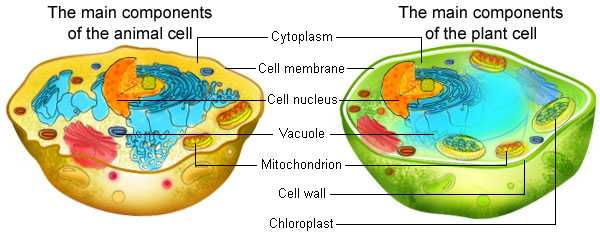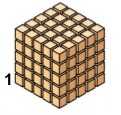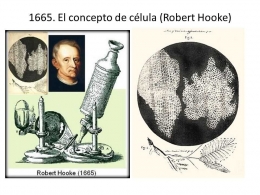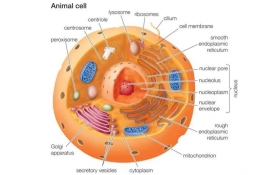Ukuran hewan yang besar seperti gajah dipengaruhi oleh jumlah sel. Pernyataan ini diperkuat dengan kalimat pertama pada kutipan di atas.
In a recent study, researchers from the University of Guleph, in Ontario, Canada, examined records kept on hundreds of wild and captive Asian (Elephas maximus) and African (Loxodonta africana) elephants that died between 1960 and 2005. They found that about one third of female African elephants in Kenya's Amboseli National Park lived past the age of 50, with a median age of 56 years for elephants that died of natural causes. (The "median" means that half the elephants died before 56, and half died after 56.) The researchers added that, because people frequently kill elephants from the Amboseli population, the overall median lifespan for the park's female elephants, regardless of how they died was 36 years-20 years shorter than it would have been under completely natural (free from human interference) conditions.( Dikutip dari : www.allaboutwildlife/how-long-do-elephants-live/ )
The life of a mouse is a short one. The tiny rodents that are the source of much anxiety and worry for many property owners only live a short while but can cause a lot of trouble. But how long do mice live? In the wild, mice do not tend to live longer than 1 1/2 year.
( Dikutip dari : www.westernexterminator.com/how-long-do-mice-live/ )
Dari kutipan tersebut dapat disimpulkan bahwa usia rata - rata gajah mencapai lima puluh enam tahun. Sedangkan tikus hanya mencapai satu setengah tahun. Maka dapat disimpulkan bahwa gajah hidup lebih lama dibanding dengan tikus. Sehingga gajah dituntut untuk menghasilkan lebih banyak sel. Gajah terus melakukan pembelahan sel sehingga memiliki jumlah sel yang lebih banyak dengan ukuran sel yang sama. Hal ini dapat diilustrasikan sebagai berikut.

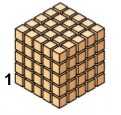
Researchers from the University of Florida Genetics Institute, Harvard Medical School and other institutions developed mathematical models that they used to examine 18 cell types from mammals ranging from mice to elephants. They found two basic categories - cells that stay the same size but have drastically different energy needs that depend on the size of the mammal, or cells that grow larger in larger mammals and use energy at the same rate, no matter the mammal's size.
The discovery, published in the Proceedings of the National Academy of Sciences, begins to answer questions about how the size of an organism helps determine the life span of its cells, a finding that could help cell biologists and physiologists understand cell and organ function and their relation to disease.
"Although cells are basic building blocks, their metabolic rates depend on where they find themselves living," said Van M. Savage, Ph.D., the lead author of the research and an instructor in the department of systems biology at Harvard Medical School. "Conceptually this is important because huge amounts of research on human diseases are done on single cells or cultured cells that come from other animals and little is done to place these findings within the context of the size or other whole-body properties of the animals."
Generally, the size of a species of mammal sets the pace of its life, Savage said. The life spans of a mouse and elephant can differ by more than 70 years, and it takes a mouse 20 days of gestation before delivering a baby compared with more than 600 days for an elephant. The larger the animal, the slower its cellular metabolic rate -- the speed at which it burns oxygen -- and life processes.
The question of whether cells are bigger in larger mammals than in smaller ones -- think of an elephant's liver cell compared with a liver cell from a mouse -- is usually answered by saying that larger mammals don't typically have bigger cells, they just have more of them.Liver cells, red blood cells and other cell types that frequently divide and replace themselves are about the same size
( Sumber : www.sciencedaily.com/releases/2007/03)
Dari kutipan di atas, semakin menguatkan bahwa ukuran sel gajah dan tikus sama, hanya saja jumlah sel pada tubuh gajah lebih banyak dibandingkan sel pada tubuh tikus.
Daftar Pustaka :
Irnaningtyas.2017.Biologi Untuk SMA/MA kelas XI.Jakarta:Erlangga.
www.bloodjournal.org/content/100/13/4679.short?sso-checked=true
www.sciencedirect.com/science/article/pii/S0092867400805632#BIB50
www.sciencedaily.com/releases/2007/03/070308220603.htm
www.slideshare.net/mobile/msarwa/the-cell-15036716
www.westernexterminator.com/mice/how-long-do-mice-live/








